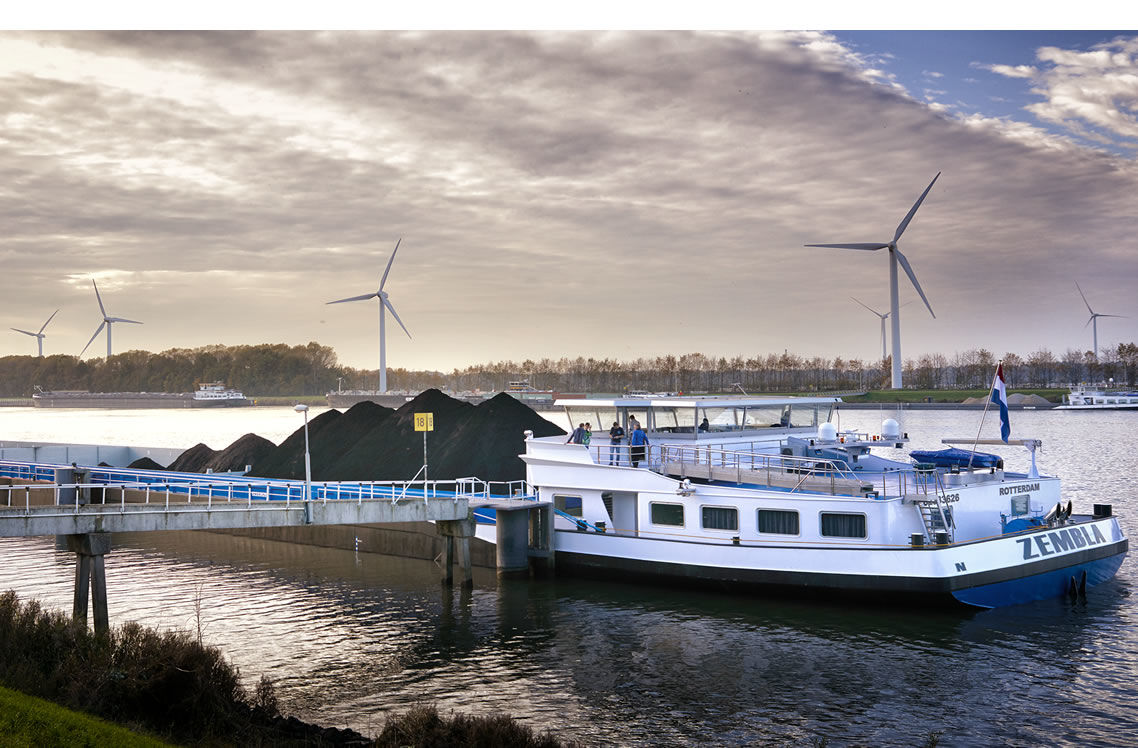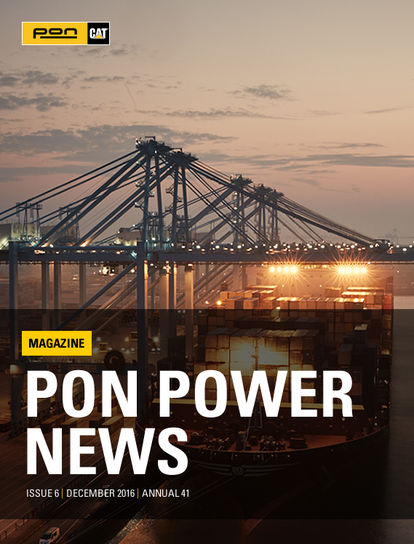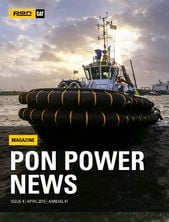
Pon Power News
The online magazine of Pon Power, the Caterpillar dealer for diesel and gas engines and generators.
In this magazine we keep you up to date on the latest projects, new products & services and technical innovations.
ASK A QUESTION
MCS ZEMBLA
FACTS & FIGURES
OWNER
BUILDER
PROPULSION
DIMENSIONS
SHIP
Gebr. Van de Wijgaart BV
Shipyard Trico BV
Second generation hybrid (diesel/electrical)
135 x 17.10 x 6,770 ton
MCS Zembla (exact copy of Zembla commissioned 2008)
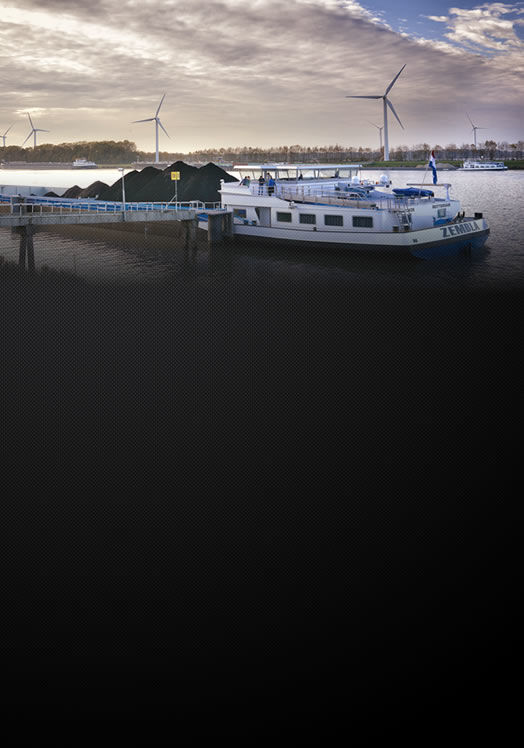
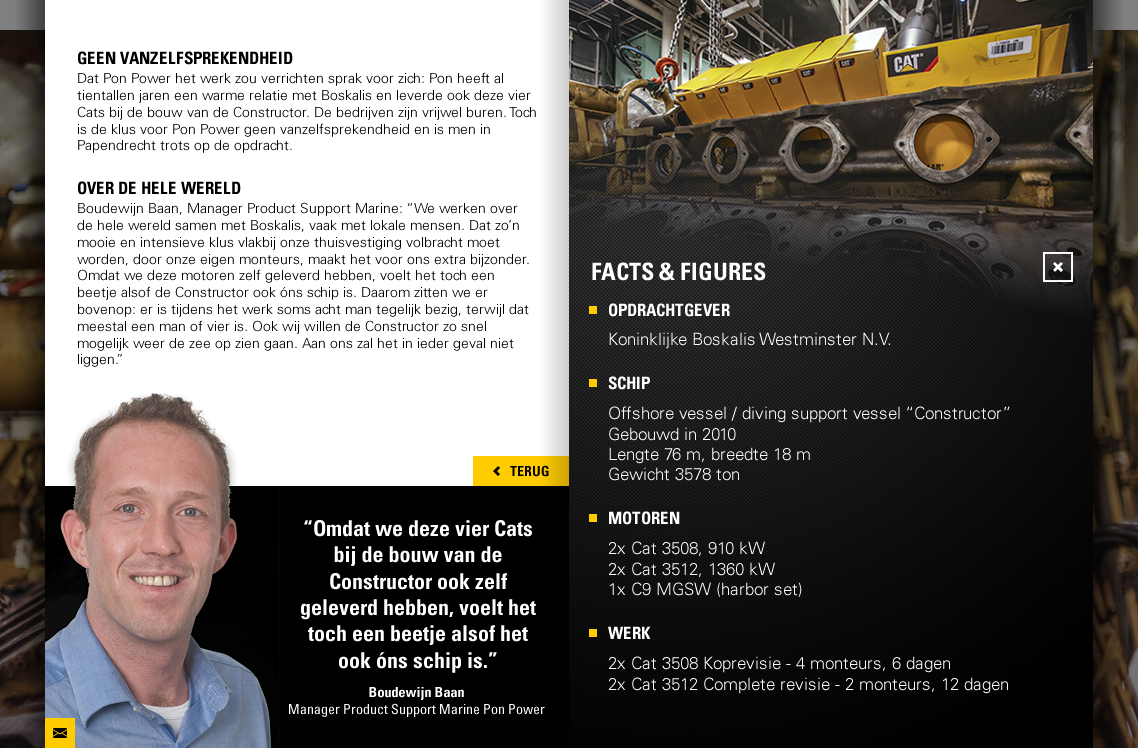
FACTS & FIGURES
John van de Wijgaart
Gebr. Van de Wijgaart BV
I wanted something special, a bit different from the tried and trusted. I think we’re pretty close to the mark with this system.”
SAME PERFORMANCE, LESS TAXING ON ENGINES
The engineering philosophy behind the second generation hybrid engine system was to achieve highest torque at a low RPM (1,600 rpm max), as this would enable the vessel to cruise at full capacity/loading with maximum engine efficiency. In other words: same performance as first generation but less taxing on engines, reduced fuel consumption, and lower emissions.
REDUCED EMISSIONS
For John van de Wijgaart, one of the brothers of Van de Wijgaart BV, the lower emission values were amazing enough, and one of the triggers for the company to opt for a system of this type. John: “This hull had been sitting in the dock for five years, but it just wasn’t the right time to finish the job. With the new developments in Maasvlakte 2 the business climate gradually improved. In the Maasvlakte 2 region the emission values for trucks are much higher than elsewhere in the country. I was interested to know if my ship could meet those requirements. That’s how the ball started rolling.” The choice for Cat and Electric Marine Support, according to John, was a logical one: “I wanted a solid, dependable system. Rather pay a little more and recover the investment, over time, gaining uptime and reducing operational costs, than skimp now and pay dearly for it later.”

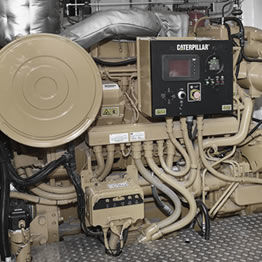

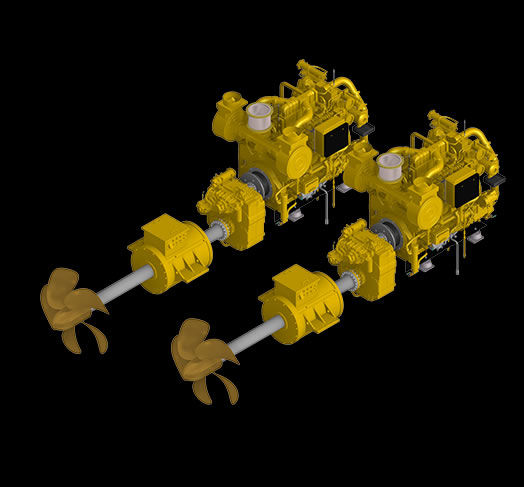
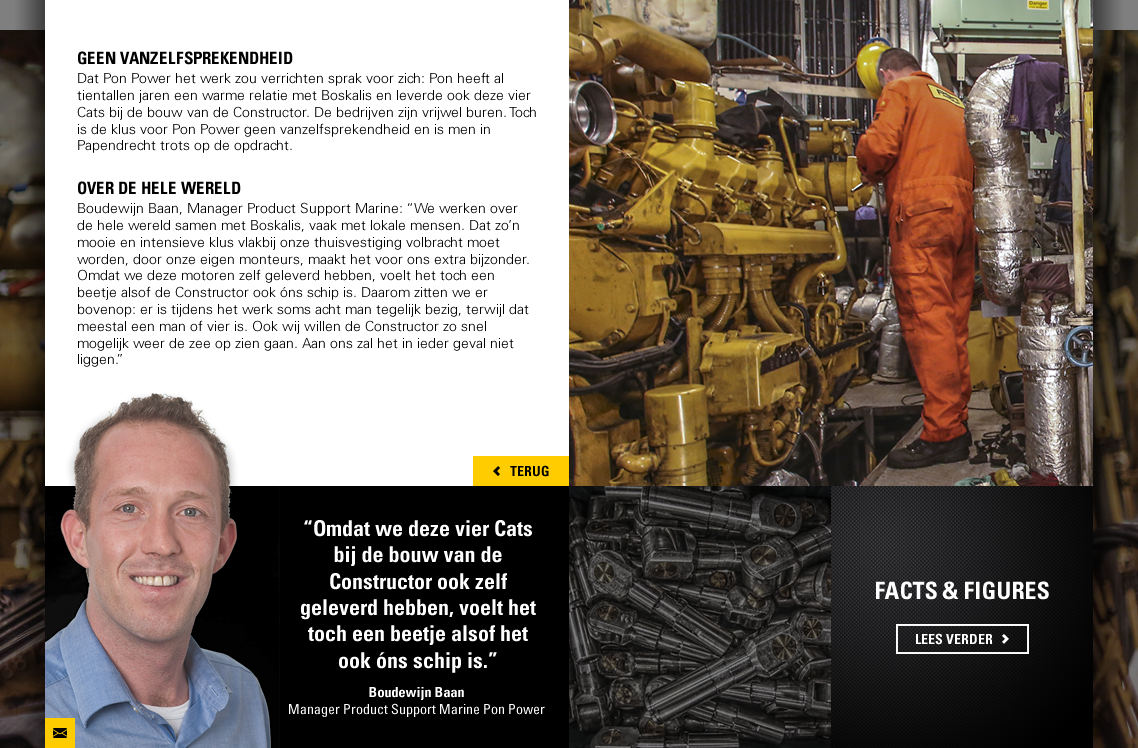
Peter Snijders
Business Developer Pon Power

WATCH THE MOVIE
“Increased operational security, at a lower cost.
Isn’t that what every inland skipper wants?”
Peter Snijders, Business Developer at Pon Power, has a very clear view: “Just like in the auto industry, hybrid systems are the future in inland shipping. It’s unavoidable, and for very good reasons. A propulsion system as developed by us with EMS and installed in the Zembla only offers benefits. It’s good for the captain’s business continuity, it’s good for the owner’s pocket, and it’s good for the environment. A classic win-win-win-situation.”
PROPULSION SYSTEM
The propulsion system of the Zembla consists of two Cat 3508 main engines, a C32 diesel generator in the forward part of the vessel, and a C4.4 onboard generator. Nothing spectacular so far, you might say. The secret, however, is in the two 400 ekW auxiliary electromotors that boost the propeller axle at full thrust. Because these electromotors supply additional power to the propeller axles at full loading, it was possible to equip this vessel with smaller main engines than those installed in the first Zembla, in 2008. Whereas the original Zembla needed two Cat 3512 main engines, to power the next generation it was sufficient to install two Cats 3508s to achieve the same propeller thrust. Moreover, the second onboard generator was no longer required, thus resulting in a 25% reduction of installed power. Reduced installed power, simple put, means less maintenance.
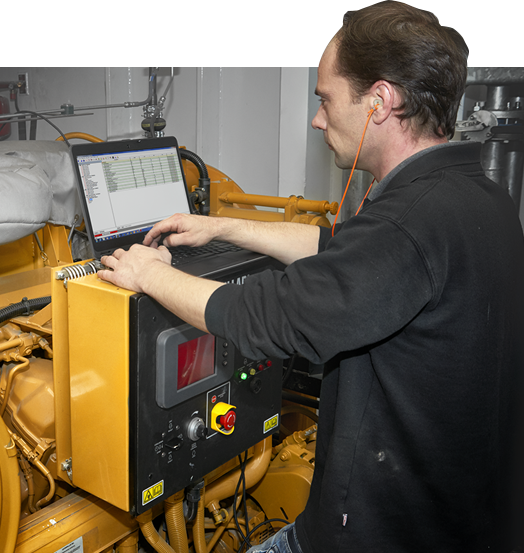
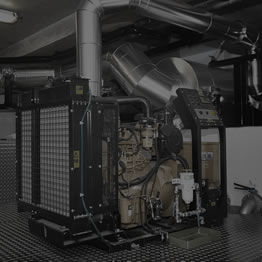
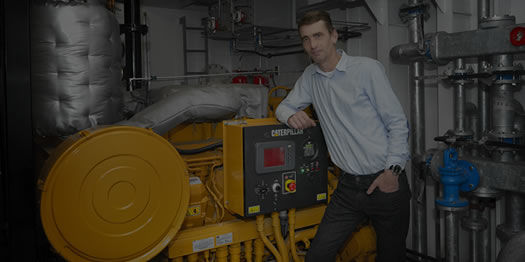
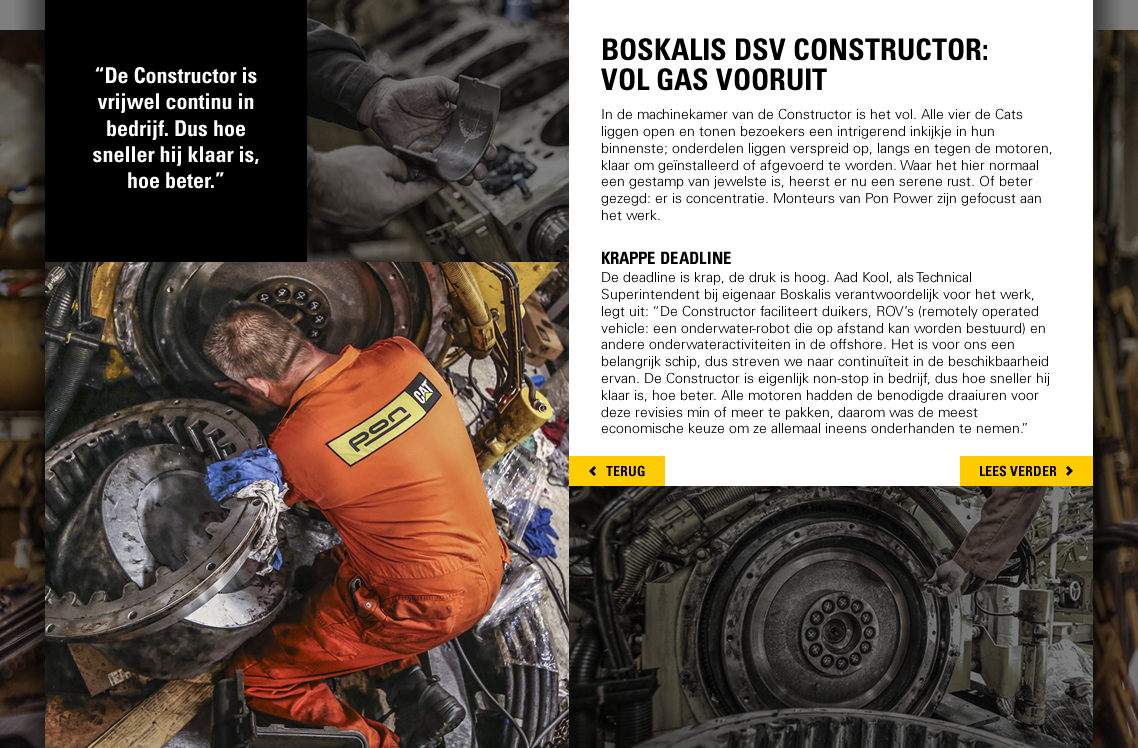
Recently the MCS Zembla completed its first test launch out of the docks of Shipyard Trico in Rotterdam. The Zembla is an inland freight container ship in which Pon Power, in close cooperation with Electric Marine Support BV (EMS), has built a second generation hybrid propulsion system. The system has increased the vessel’s operational reliability, at lower operational costs. Could hybrid propulsion be the system of the future, both on land and on water? zPon Power News went out to investigate.
HYBRIDE
LOWER COSTS
OPERATIONAL SECURITY,
HYBRID: INCREASED
SECOND GENERATION
CATERPILLAR’S
